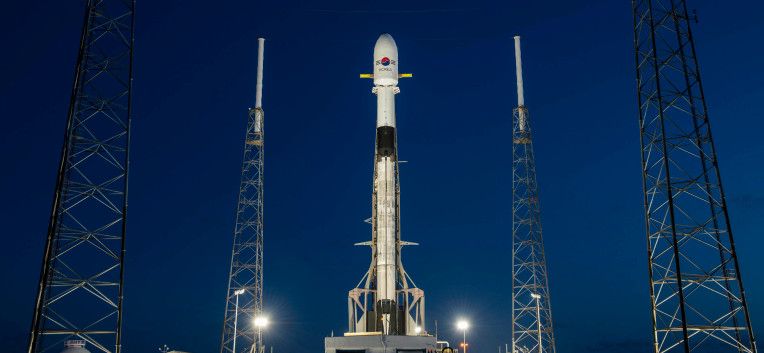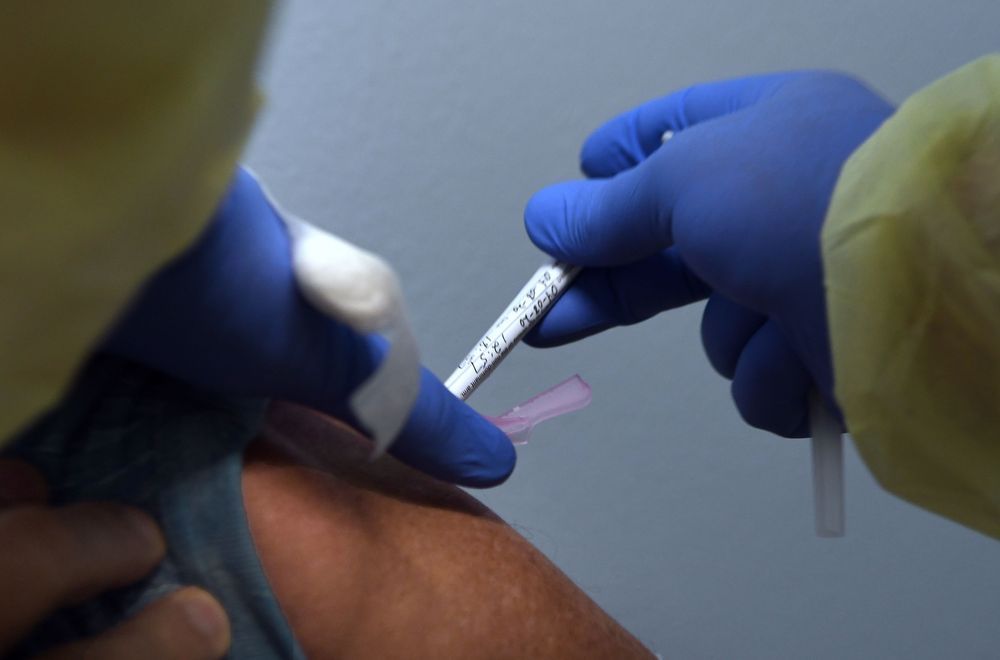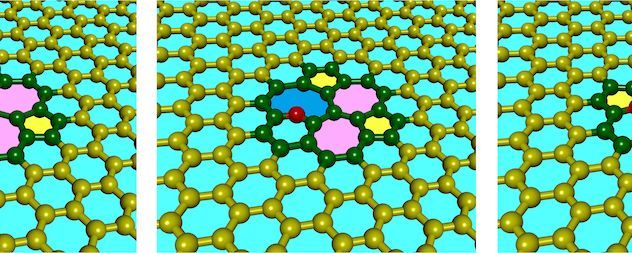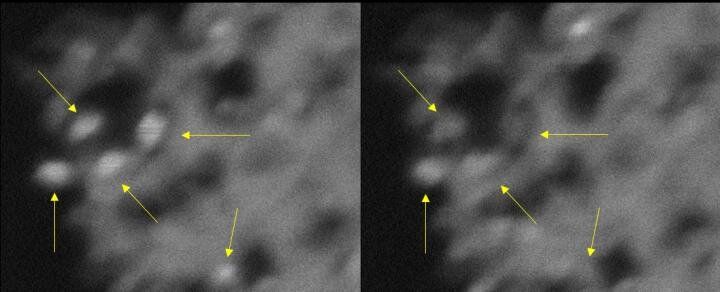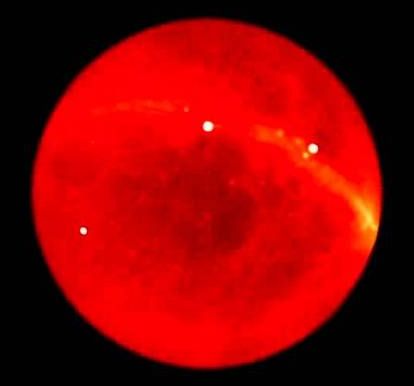Aug 5, 2020
Watch SpaceX launch a South Korean satellite using the same booster that flew NASA astronauts
Posted by Quinn Sena in categories: drones, military, satellites
SpaceX is launching South Korea’s first dedicated military communications satellite on Monday, with a target liftoff time of 5 PM EDT (2 PM PDT). The launch window spans nearly four hours, ending at 8:55 PM EDT (5:55 PM PDT), so SpaceX has considerable flexibility in terms of when the launch could actually take place.
The Falcon 9 rocket being used for this mission includes a first-stage booster that flew previously on SpaceX and NASA’s Demo-2 mission — the historic mission that carried astronauts on board a SpaceX rocket for the first time. That launch, which took place on May 30, saw astronauts Bob Behnken and Doug Hurley successfully delivered to the International Space Station — where they’re currently preparing to depart on Demo-2’s concluding trip home on August 1.
This mission will include a recovery attempt for the first stage, using SpaceX’s “Just Read the Instructions” drone landing ship in the Atlantic Ocean.
